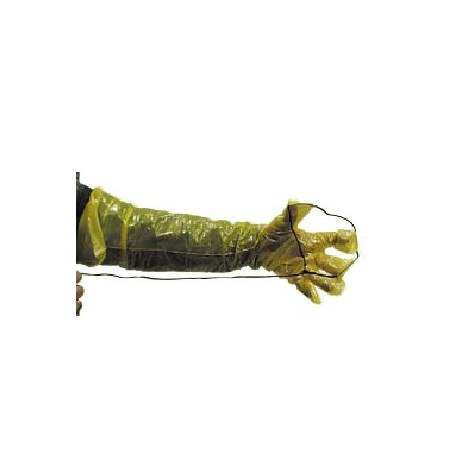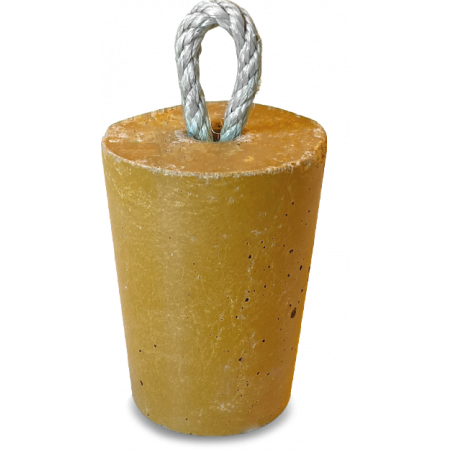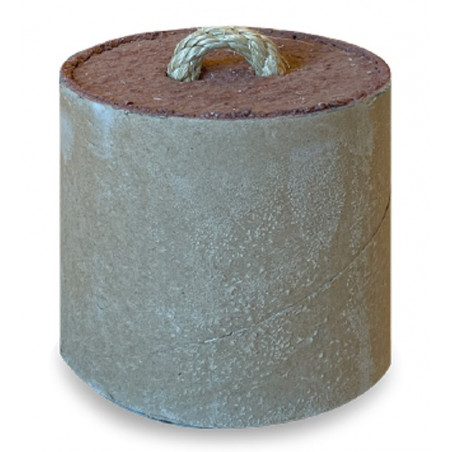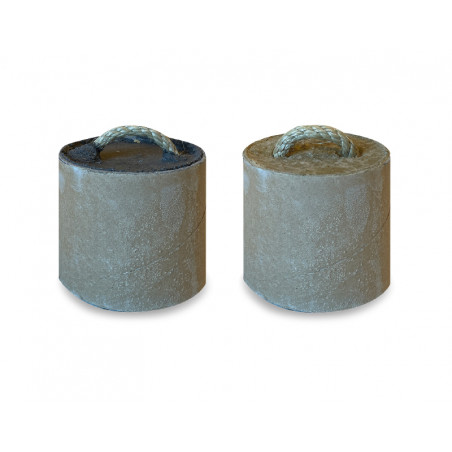Conflicting hypotheses exist about the contribution of individual pigs to the development of a tail-biting outbreak, but there is limited quantitative information to support or dismiss them. This study aims to quantify the development of tail-biting behaviour at pen and individual piglet level, before and after the first visible tail damage. Video recordings of 14 pens with tail-biting outbreaks and individually marked weaned piglets were used to observe tail-biting incidents (TBIs; piglet biting a penmate’s tail). When visible tail damage was first observed in a pen (i.e. day of tail biting outbreak; D0), the video recordings of the previous 6 (till D−6) and the following 6 days (till D6) were analysed every other day for TBIs and the identities of the biter and bitten piglet were recorded.
The average TBIs per individual piglet (within each pen) per observation day were analysed to quantify the development of tail-biting behaviour and to identify pronounced biters and/or bitten piglets. The (absence of) coherence for TBIs in a pen was used to test whether biters preferred a specific penmate.

There was an exponential increase in the intensity (linear on log scale) of the TBIs from an average of 0.7 bites/h at D−6 to 2.3 bites/h at D6. An additional negative quadratic component suggests that a plateau for tail-biting behaviour was reached by the end of the observation period. Before any visible tail damage was observed (i.e. before D0), 82% of the piglets performed and 96% of them received tail bites. After D0, the figures were 99% and 100%, respectively. One or a few pronounced biters could be identified in almost all pens. These biters already showed more tail biting at D−6 than their penmates. Furthermore, these biters showed a greater increase in tail-biting behaviour during the observation period than the average scores of their penmates. In contrast, there was no apparent increase in the receipt of bites among the piglets that had already been bitten more than their penmates at D−6. Finally, there was no significant coherence between biters and bitten piglets, indicating that biters showed no preference for biting particular penmates, even when some of them had a damaged tail. These results show that, by using observations of TBIs, possible biters or bitten piglets can already be identified 6 days before tail damage is first apparent in a pen.
J. J. Zonderland, B. Kemp, M.B.M. Bracke, L. A. den Hartog and H. A. M. Spoolder. Individual piglets? contribution to the development of tail biting. animal (2011), 5: 601-607.







